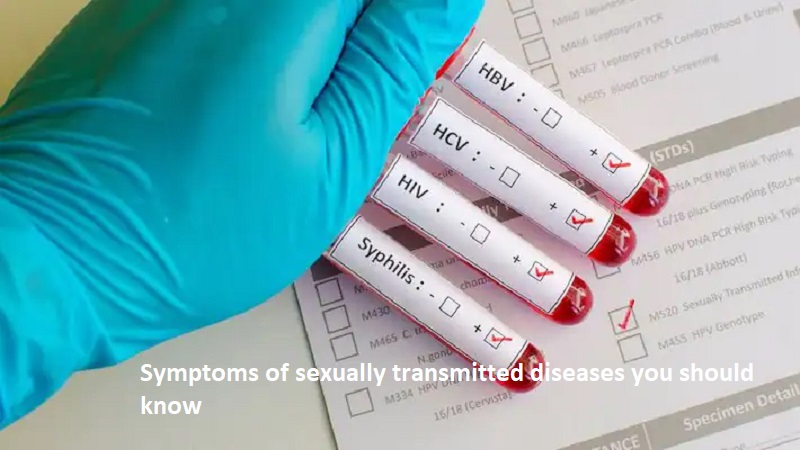
Sexually transmitted diseases (STDs) are diseases that are transmitted from one person to another only through sexual contact. According to the World Health Organization (WHO), more than one million sexually transmitted infections (STIs) are reported every day.
The absence of sexually transmitted infections and diseases such as acquired immunodeficiency syndrome (AIDS), hepatitis B, gonorrhea, and syphilis is fundamental to ensuring good physical sexual health. Understanding the symptoms and ways to prevent such conditions is critical to a person’s sexual well-being.
Symptoms of STIs affect different parts of the body. Some STIs remain asymptomatic while others may take a few days to a few years to show symptoms. Some of the symptoms to look out for are the following:
Also Read: Men want these qualities in women
Pain during intercourse
Testicular and pelvic pain
Dark urine or pain when urinating
Abnormal discharge from the genitals or anus
Itching or small sores around the genitals
Bleeding after intercourse
Vaccines: There are many preventative measures one can take to prevent contracting or transmitting STIs. Vaccinations are available to prevent STIs such as hepatitis B and human papillomavirus (HPV).
Contraceptives: Condoms and other forms of contraception can reduce the risk of contact with your partner’s bodily fluids, thereby reducing the risk of transmission of infection through such transmission.

Post Your Comments